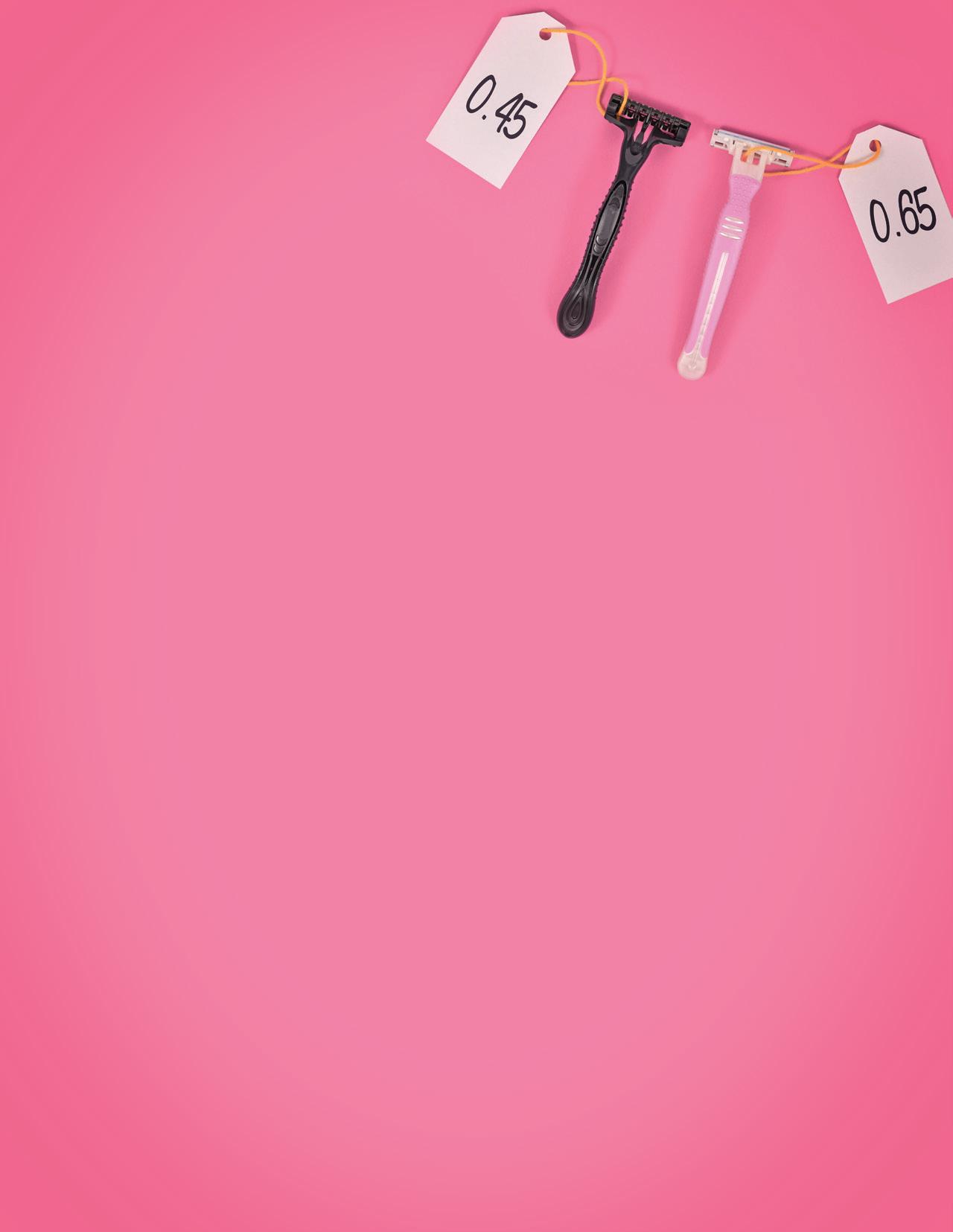
2 minute read
Pink Tax vs Tampon Tax
Pink Tax
vs. Tampon Tax
Women have it hard. From the #MeToo Movement, sex trafficking, and now Roe vs. Wade being overturned, it seems like the war on women and their bodies just keeps getting worse. The war on women’s finances is starting to become an even bigger issue. Women are facing a pink tax and tampon tax that will cut into their finances.
If you’ve never heard of these terms before or do not know the difference between the two, lets break it down. Pink tax is not an actual tax, instead it is a price difference with women’s products. Pink tax also applies to female children’s clothing and toys. The name pink tax stems from the color most manufacturers use for products targeted towards women and girls.
Tampon tax is an actual sales tax that women pay when purchasing feminine hygiene products such as tampons, razors, feminine wash or feminine wipes. Due to some states not considering these products as necessities, they are taxed differently than other products. This is a huge financial barrier for women. According to forbes.com, states profit an estimated $120 million off women based on these taxes and price increases. This is one example of financial discrimination towards women.
Financial discrimination is discrimination based on economic factors such as job availability and wages. These financial strains make it harder for minority women to afford these essential products, since they often earn less than their White counterparts. Although this is an issue for all women.
This is not just a gender issue but a serious financial issue. Women should not have to pay extra for basic feminine necessities, especially women who are already financially impaired. Countries such as Canada and Australia have already abolished or reduced sales taxes on these products.
A few states in the U.S have already made progress or are currently trying to make changes. Even some major universities are addressing the issue. Menstrual products are now available at no charge in restrooms in some 30 buildings on Washington University in St. Louis’ Danforth Campus. And soon, such products will be available on the Medical Campus. The free products are meant for emergency and occasional use.
The programs will help meet a basic health need, said Kawanna Leggett, associate vice chancellor for student affairs and co-chair of a committee that studied how and where free menstrual products should be provided. It’s time to stop punishing women for being women.
Cindi Frazier







